When your kitchen cabinets start to look a little worse for wear, it’s time to make a decision: do you paint them or reface them? Both options have their own set of pros and cons, which can be difficult to weigh up. In this article, we will take a look at the differences between painting and refacing kitchen cabinets, so that you can make an informed decision about which option is best for you.
What is refacing?
Refacing is the process of replacing the cabinet doors and drawer fronts while leaving the existing cabinets in place. You will have a wide range of door styles to choose from, so you can update your kitchen with a completely new look. The cost of this option will depend on the material and style you choose for your doors and drawer fronts, as well as whether you decide to hire a professional or do it yourself.
Cabinet Refacing Process
Refacing your cabinets is not a job you can do overnight.
It involves several steps that, though time-consuming, are worth the effort for a beautifully finished result:
- To begin, remove all of the hardware from the exterior of your cabinet doors and drawers. This includes hinges, knobs, and handles;
- Carefully measure each of the doors and drawers before proceeding, as there will likely be subtle differences in size depending on which door or drawer you’re working on;
- Now it’s time to prepare the surface of the cabinets by sanding them down so that they are smooth to the touch without any bumps or protrusions that might prevent contact with the veneer;
- Next, cut the new veneer to match the size of each door and drawer you measured earlier;
- Once cut, apply a liberal amount of glue to both the cabinet surface as well as to the back side of the veneer before attaching it firmly in place;
- Finally, reattach all of the hardware that you removed from step one, and voila! Your cabinets have been successfully refaced [1];

Cabinet refacing is an excellent way to give your kitchen a whole new look without spending a fortune on replacing them completely. With proper care and maintenance, your newly refaced cabinets should last for years to come! Just remember to always use caution when removing and reattaching hardware pieces, as it can be very easy to damage them if not done correctly.
When to reface?
Refacing is great for giving your kitchen cabinets a much-needed facelift, but there are other instances when refacing may be the right choice.
If you’re looking to change the style of your cabinetry, refacing is the way to go. Refacing allows you to switch up the look of your cabinets without having to replace them entirely. This means you can choose from a variety of colors, styles, and finishes that will give your kitchen a fresh new look without spending too much money.
Also, if you have existing cabinet frames that still function properly and the doors are in good condition but just need an update, then refacing should be considered as an option. You won’t have to spend a fortune on replacing your cabinets.
Refacing is also the way to go if you simply don’t have time or budget for a complete kitchen renovation. It’s much faster and cheaper than replacing the entire cabinet system, and it can be finished in just a few days (depending on how many cabinets you’re refacing).
It’s important to note that not all cabinets are eligible for refacing—some may need to be replaced entirely. Before starting any project, make sure to inspect your existing cabinets to ensure it is suitable for refacing.
The risks of cabinet refacing
Refacing kitchen cabinets involves applying a thin veneer of wood, laminate, or plastic over existing cabinet frames. This is an attractive and cost-effective way to update the look of your kitchen without having to demolish and replace all your cabinets. However, it’s important to remember that refacing isn’t always the best option – it may not last as long as painting, and if done incorrectly, can look less than desirable.
It’s important to remember that refacing is generally best done by a professional since they have the experience and know-how to make sure everything is installed properly. While you may be tempted to take on this project yourself, it can be difficult if you don’t have the necessary tools or experience with cabinet refacing. A professional will also know how to choose the right material for your cabinets, making sure it complements other elements of your kitchen and lasts longer.
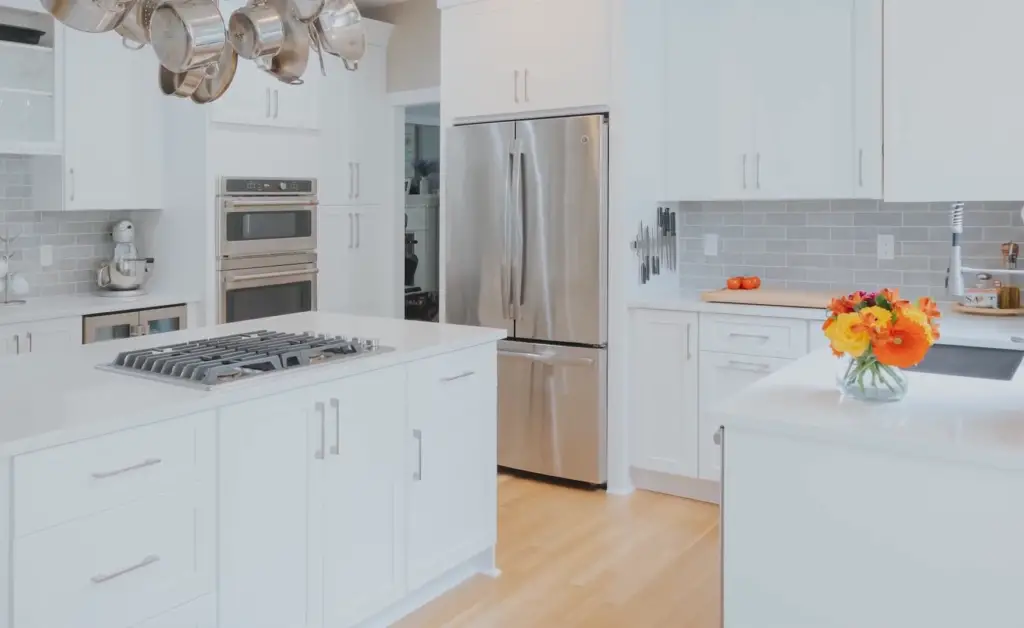
Overall, while cabinet refacing can be a great way to upgrade the look of your kitchen, it’s important to weigh the risks before taking on this project. If you want a more permanent solution that won’t require maintenance in the future, painting might be a better option for you.
At the end of the day, both painting and refacing kitchen cabinets can add value to your home and make them look more attractive. It all depends on what kind of look you’re going for and how much time and money you want to invest in this project. Consider all the factors involved before making your decision so that you get the best outcome possible!
What is painting?
Painting kitchen cabinets involves using paint or another finish to give them a fresh look. This option is typically less expensive than refacing, but it does require more work. You’ll need to thoroughly clean the surface before applying primer or other products that help seal in moisture, prevent fading and make the finish last longer. Additionally, it can take up to a week for the paint to fully dry before you can use your cabinets again.
Cabinet Painting Process
Painting kitchen cabinets can be a relatively simple and straightforward process:
- First, the existing finish must be removed from the cabinet surfaces. This is usually done with sanding, although chemical paint strippers may also be used;
- Once the surface is free of any existing finish or residue, then the primer coat should be applied to create an even surface for painting;
- Next, it’s time to choose your preferred color of paint for the main coat. High-quality oil-based paints are recommended since they provide good coverage and long-lasting results. It’s important to use multiple thin coats of paint instead of one thick coat in order to ensure even coverage that won’t easily chip or crack in the future;
- Finally, finish the process with a protective top coat of polyurethane or varnish;
It’s important to remember that the result will be highly dependent on the quality of materials and techniques used. Taking the time to properly prepare surfaces, select high-quality paints, and carefully brush or roll paint onto cabinets will make all the difference in creating an attractive and durable finish. If you don’t feel confident doing it yourself, there are plenty of contractors who specialize in cabinet painting services.

When to paint?
You may want to consider painting your cabinets if they are made of wood and in good condition. Painting is also an excellent choice when you need a new look on a tighter budget.
If you have metal cabinets or laminate, painting won’t be as effective since the paint will not stick well to these surfaces. In this case, you should probably opt for refacing instead.
When it comes to painted cabinets, there are a few things you should keep in mind before beginning the project. First of all, make sure that the surface is clean and free from dirt and grease before applying primer or paint. It’s also important that you use high-quality supplies so that your finished product is durable and will last for years. [2]
The risk of painting your kitchen cabinets
If you decide to paint your kitchen cabinets, there’s no going back. Once the new color is applied, it can be hard to undo the transformation. If things don’t go as planned and you don’t like the results, you’ll have to start all over again or hire professional help to get your kitchen looking how you want it.
Another consideration when the painting is that unless you use a special kind of paint specifically designed for kitchen cabinets, it won’t stand up against heat and moisture. If your cabinet doors are constantly exposed to steam from cooking on the stovetop or hot pans taken out of the oven, then standard paint won’t last long before it starts chipping off or peeling away.
What is the difference between cabinet refacing and refinishing?
The main difference between cabinet refacing and refinishing is that refacing involves replacing the existing doors and drawer fronts with new ones while refinishing entails keeping the old cabinet doors and applying a new finish.
Refacing your cabinets is more expensive than refinishing them but it will give you a brand-new look for your kitchen. Refinishing, on the other hand, can be less costly but won’t give you as dramatic of an overhaul.
When deciding whether to reface or refinish your cabinets, consider how drastically you want to change the look of your kitchen. If you want a complete makeover, then refacing is probably the best option for you. But if you just want to give your cabinets a fresh new look without spending too much money, then refinishing may be the better option.
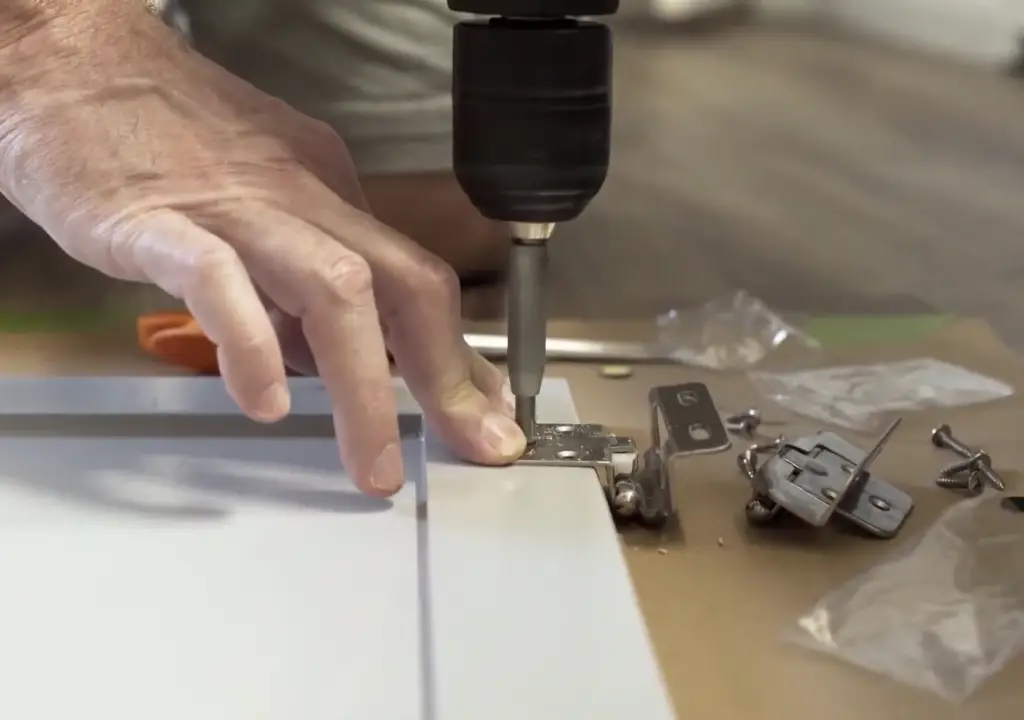
Tips for choosing the right cabinet paint color
If you’re not sure where to start, get some inspiration from magazines, Pinterest boards, or even on HGTV. You should also consider getting samples of different paint colors so you can see what they look like in your kitchen before committing. Finally, have confidence! There’s no right answer when it comes to color, so don’t be afraid to try something new.
Tips for cabinet refacing:
- Make sure to hire a professional contractor if you want help with the project. Professional contractors will have the right tools and knowledge to help you get the job done right;
- Before starting on the project, it’s important to remove all of your items from the cabinet space that is being refaced. This will make sure that nothing gets damaged during the process;
- Measure twice, cut once! When cutting pieces for your refacing project, it’s important to make sure they fit correctly before committing them in place. Taking extra time to measure accurately can save you money and time in the long run;
- Pick materials based on how much wear and tear your cabinets are going to get. If your cabinets are going to be used a lot, you’ll want to choose materials that can handle the extra wear and tear without easily showing signs of damage;
- Finally, make sure to seal all of the seams with caulking or adhesive before putting everything back together. This will ensure that no moisture gets inside the cabinets and potentially cause damage in the future;
Following these tips will help ensure your cabinet refacing project is successful!
FAQ
Is painting cabinets the same as refacing?
No, these are two different processes. Painting involves applying a new coat of paint to existing cabinet doors and frames while refacing involves replacing the existing cabinet doors and hardware with new ones in order to give the kitchen an entirely new look.
Is it worth it to reface kitchen cabinets?
Yes, it is worth it to reface kitchen cabinets.
Refacing also allows more flexibility with style options since you don’t have to worry about finding exact replacements for existing cabinetry. You can choose any type of door style, finish, and hardware to best suit your home. It’s a great way to add value and a touch of modern flair to your kitchen without breaking the bank.
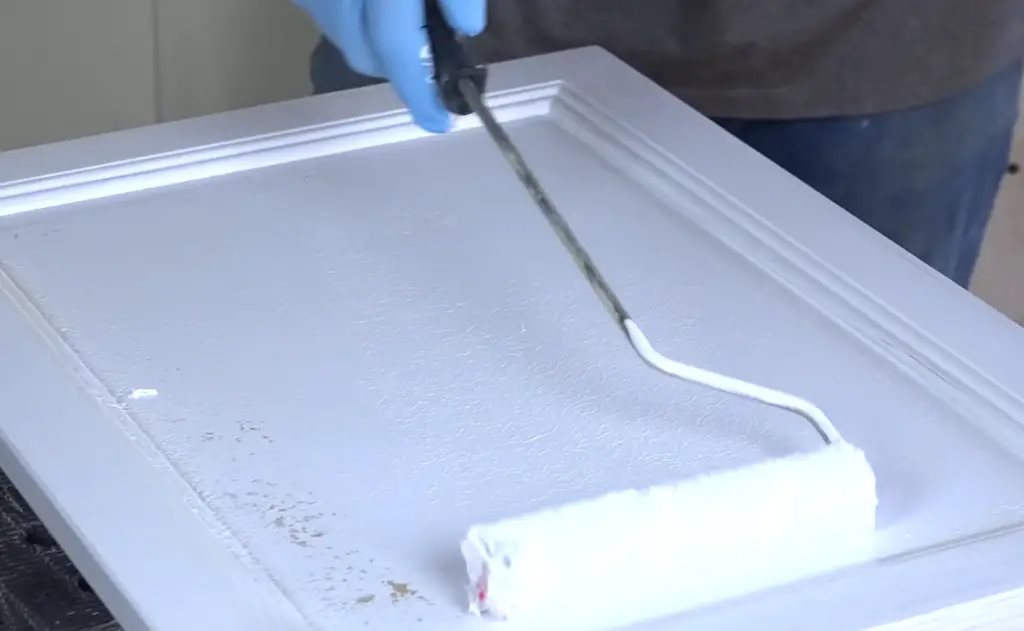
Finally, refacing is an eco-friendly option since it reduces energy consumption by not requiring you to purchase entirely new cabinets. Refacing also helps reduce waste from ending up in the landfill – the only thing that needs disposing of are the old doors. So not only will you be saving money with refacing, but you’ll also be helping out the environment!
Is it worth it to have kitchen cabinets professionally painted?
This is a tough one, as the answer depends on your budget and the condition of your current cabinets. If you have existing wood cabinets that are in good shape, painting them yourself will be less costly than having someone do them professionally. However, if you’re working with older or damaged cabinets, it may be worth investing in professional cabinet painting services so they look their best when finished.
Professional painters typically use high-quality materials and techniques to ensure durable and attractive results. If you want your kitchen to look its very best without spending a fortune, then professional cabinet painting may be the way to go.
On the other hand, if all you need is a quick refresh for your kitchen space then refacing can provide an affordable and fast option. Refacing involves replacing the cabinet doors and drawer fronts with new ones, so if your existing wood is in good condition, you can save money by keeping it as the main structure of your cabinets. Additionally, refacing can be done relatively quickly and often costs less than painting or even buying new cabinets altogether. If a cost-effective update is what you’re after then this may be the best route for your kitchen project. [3]
Ultimately, when deciding between painting vs. refacing kitchen cabinets it all comes down to your budget and the desired outcome of your project. Professional cabinet painting provides long-lasting results that look great, but may not fit within everyone’s budget. Refacing allows you to give your kitchen an updated look without breaking the bank, but you may have to sacrifice some of the lasting benefits that come with painting.
Is it cheaper to reface or replace kitchen cabinets?
When it comes to cost, the answer is highly dependent. Refacing can be a more economical choice in many scenarios; however, if your cabinets are extremely outdated, or you’re looking for a significant change in color or style, then painting may be a better option.
Overall, refacing is less expensive than replacing kitchen cabinets as it requires fewer materials and labor costs. This is because all of the existing cabinet frames, doors, and drawers stay in place while they’re being refaced. With painting, you’ll need to purchase new paint and primer, along with all the necessary tools for preparing and finishing the job correctly.
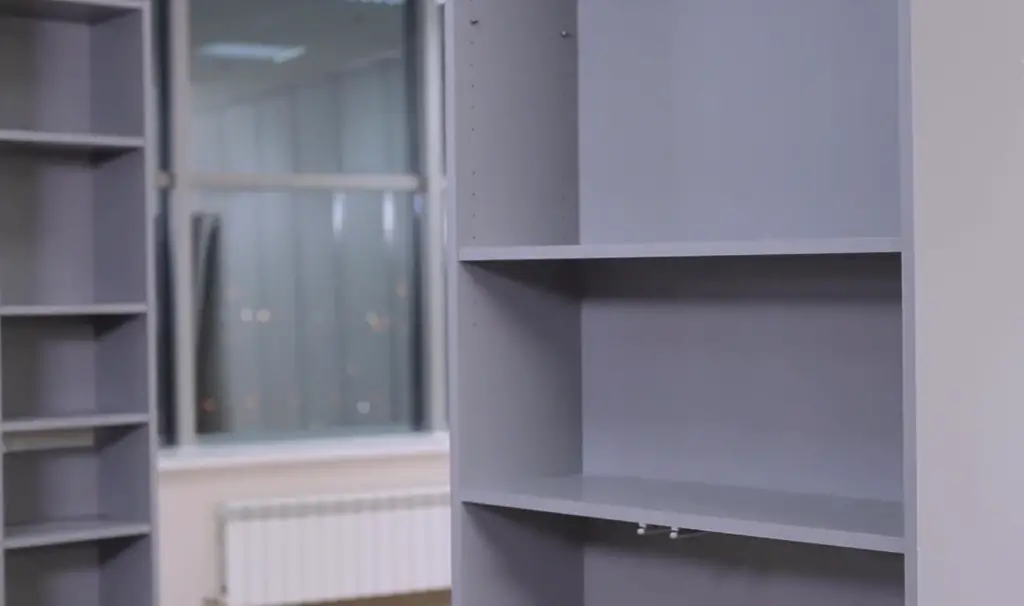
Do Painted Cabinets Last?
When it comes to painting vs refacing kitchen cabinets, many people wonder if painted cabinets will last. The honest answer is that it depends on a few factors: the quality of paint and primer you use, how often you clean and maintain the cabinets, and whether or not the underlying wood is in good condition.
With proper care, a good quality paint job can last up to 10 years before beginning to show wear and tear. This means regularly wiping down your cabinets with mild detergent (not abrasive cleaners) and avoiding grease build-up from cooking. If your kitchen cabinet is made of particle board or other low-quality materials, you may find that a fresh coat of paint won’t stick for very long. [5]
Useful Video: Should I Repaint, Reface, or Replace my Kitchen Cabinets?
Conclusion
In conclusion, when it comes to painting vs. refacing kitchen cabinets, both options have their pros and cons depending on the specific circumstances and budget of your project. If you are looking for a cost-effective way to upgrade your kitchen without breaking the bank, painting is likely the best option. However, if you’re willing to invest more money in order to get better results that will last longer, refacing may be worth considering.
Ultimately, the decision is up to you as every homeowner faces different challenges when it comes to making these home improvement decisions. Do your research and talk with professionals who specialize in cabinetry before committing to one option or another. With any luck, you’ll find an affordable and attractive solution that meets your needs and exceeds your expectations. Good luck!
References:
- https://www.kitchenmagic.com/cabinet-refacing
- https://www.thisoldhouse.com/kitchens/21097083/how-to-paint-your-kitchen-cabinets
- https://www.homeserve.com/en-us/blog/cost-guide/refacing-kitchen-cabinets/
- https://www.thespruce.com/kitchen-cabinets-reface-vs-replace-1821042
- https://kitchenbathroomcreations.com/how-long-do-painted-cabinets-last/





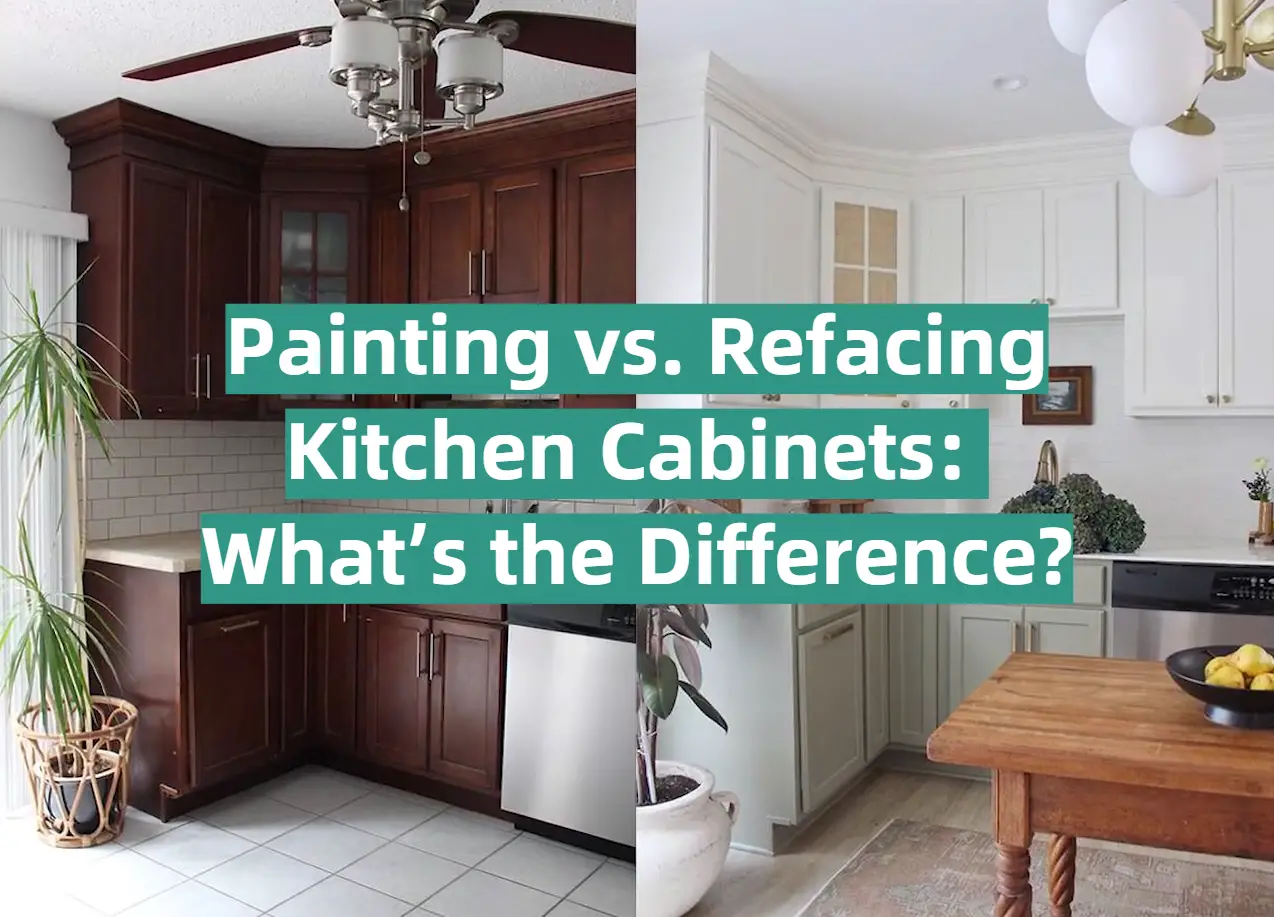





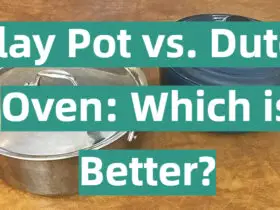

Leave a Reply